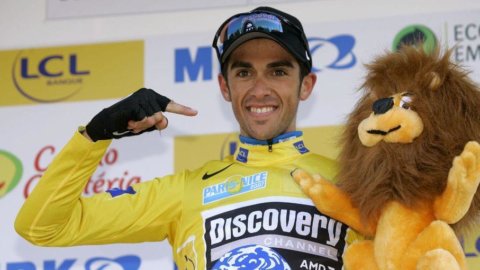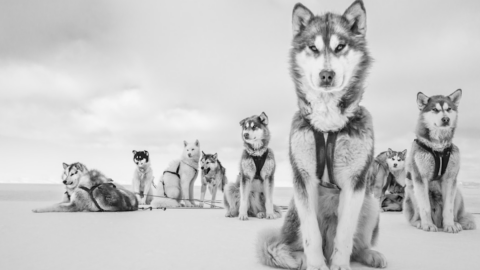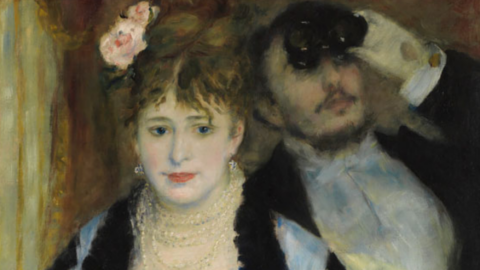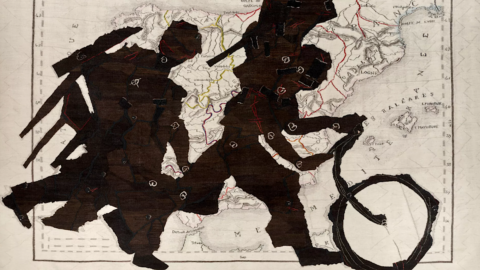Its surfaces a texture vibratile made in 1960 immediately attracted the attention of critics and collectors: the treatment of the aluminum and steel tops gave life to structures of iridescent images depending on the refraction of light. They were the first expression of the poetics of Concretism, which grew up in Italy in the wake of the historical experience of the Bauhaus. “The visual construction – he theorized Alviani - developing according to relationships of elementary geometry, it becomes the expression of an ideal of rational ordering of even social reality". This conception was expressed in the investigation of technological materials and their organization.
His artistic training is close, by constitution, cultural attraction and friendship, to masters such as Josef Albers, Konrad waxman and Max Bill, in the atmosphere of the Bauhaus. He begins his experiments in visual perception and psychology in the late XNUMXs. In this period of economic boom there is a notable collaboration between artistic research and industrial production, which Alviani contributes. “Genetically designer”, as he liked to call himself, Alviani – writes the critic Claudio Cerritelli who recently curated one of his anthological exhibitions in a Milanese gallery – has always been a supporter of a need for rigor and precision, which led him to consider industrial design and architecture as fundamental to solving problems linked to human existence. Similarly, art must be considered as a necessity, and the work is nothing more than the result of a research, and therefore the resolution of a problem, specifically a problem related to visual perception.
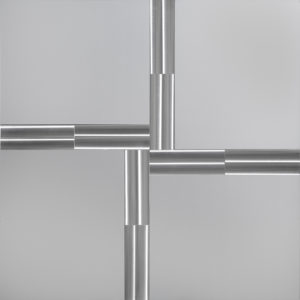
Surface with vibrating texture – orthogonal lights, 1970-73
aluminum, diag. 101 cms.
private collection
His works are able to visually reproduce the very close relationship that exists between space and time, through an almost obsessive planning that involves the viewer, as it is precisely the perception of the observer that activates and realizes it. A "dynamic fruition", therefore, neither sensory nor emotional, but psychological, in which the work is outlined through the famous factors theorized by the artist: reflection, light source, visual angle, movement, vibratility of the object, behavior of the user. Always interested in light as a physical phenomenon, employing exact calculations and extreme attention to every detail in achieving excellence, Alviani - Explains Cerritelli – has always said that his art is made to make you think, and the aesthetic aspect is not to be taken into consideration. His particular artistic poetics, characterized by an extreme synthesis of rationality (which perhaps reaches its peak in the graphic studies "Da 0 a 9" and "Da A a Z") makes the work no longer a subjective product of the artist's hand, but the result of an investigation aimed at structural problems in the relationship between work and spectator, thus inaugurating a new phase in the grammar of art . Il deserved success, for Getulio Alviani arrives in '62 with the participation in the exhibition Programmed art in Venice, Rome, Düsseldorf and at the Gallery Diogenes of Berlin. Since then the career of Alviani it is constantly growing. In 1964 he was invited to the Venice Biennale (where he returned in 1984, 1986 and 1993) epparticipate in the exhibition News Feed Trends at the Louvre in Paris, Noel 1965 is present in collective The Responsive Eye al MoMA of New York which buys some works that become part of the permanent collection. It is in that period that his work begins to show a growing interest in spatial articulation. In a kindergarten in Pregelstraße a Leverkusen creates a reflective aluminum wall to convey a sensation of optical vibration.
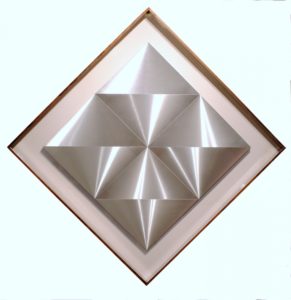
vibrating textured surface 1974
aluminum – 85×85 cm
Milan private collection
In 1967 he repeated the experiment in the hall of the Venice Film Festival building. Comparisons with architecture are becoming increasingly stringent, not only through the multiplication of standard modular elements, but also with the creation of mirrored, curved and rotated structures to create particular perception effects. In 1968 he participated in Documenta 4 a Kassel and in the following years he held solo exhibitions in public and private institutions in various countries. From 1981 to 1985 he directed the Museum of Modern Art in Ciudad Bolivar, Venezuela. A large anthology is dedicated to him by GAMeC of Bergamo in 2005 and in the same year he took part in the Rome Quadrennial. In 2010 he was among the protagonists of the third edition of the Terna Prize for contemporary art. In recent years he has dedicated himself above all to architectural design (the Italian Center for Contemporary Art (Ciac) in Foligno is an example), to the design and to the editing of texts and expositions of some protagonists of internal structural and visual researchnational, collaborating with museums, especially from Eastern Europe.
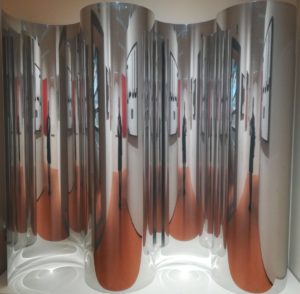
The Space of the Image, 1964.
4 semi-cylinders in mirror polished aluminium, 200 × 52 cm each.
Courtesy: Roberto Casamonti Collection.
Getulio Alviani (Udine 1939 – Milan 2018)
"Plastic creator", designer, graphic designer, theorist, collector, cultural promoter, protagonist of activities that work alongside each other; modalities that run parallel, not like the appendages of a whole, but like very different fields that he, from time to time, faces. In any work undertaken, the purpose of making him must always be: "The prolongation of thought as intelligence aimed at soliciting a similar, but free, prolongation in the users, so as to broaden the field of the perceptible". Since he was a boy he has also been passionate about art, towards problems concerning perception and visual information, thus starting experimentation in the pictorial field. His interest soon focused on the analysis of the complex world of "construction" and "realization". In 1954 he frequented the studio of a sculptor, then of architects and engineers; he wins a prize in an electrical instrument design competition, designs valves with a new signage concept and later circuit breakerstici with fluorescent buttons. All this aroused his interest in the analysis of problems concerning the functioning and nature of objects to be "always solved in the best possible way by removing rather than adding", through an advanced design. That process of perceptive sharpening begins, which will be the basis of what he does, even as a visual operator. In the late 50s he concentrated on the problems inherent in structured plasticity. He begins to realize Surfaces a texture vibratable – a term conceived for him later by Carlo Belloli – which represents his preparatory research: in steel and aluminum first performed freehand, then following a precise geometric order. “The works can, in fact, be multiplied, reproduced in series, because they are the result of a precise programming.” This texture on the metal it causes the light to be absorbed and sent back and, in effect, the term vibratile – aided also by the silvery-white color of the material – concerns complex plays of light which cause the surface to continuously change, always generating images ofverse according to the visual angle. Getulio Alviani he died in Milan on February 24, 2018.
The market
Its quotations were quite contained until the early 2000s. Then there was the svault - the market has become effervescent, both in Italy and abroad. Especially resought after by collectors i "historical" works from the 60s and 70s and its presence is strong in international auctions where there are, e.g today, about 850 steps, with a percentagearound 70% of sales and a turnover that in 2017, at auctions alone, came close to 600 thousand euros. According to the index Artprice, 100 euros invested in 2000 in a work by Alvians, today they are worth over 550 on average euro.
Gallery: Mazzoleni with offices in London and Turin, Conceptual e Tonelli of Milan. But his works can also be found in other "level" galleries in Italy and abroad.
Prezzi: for the work moreMore recently we start at around 30 thousand euros up to over 80 thousand depending on the quality and size . The historical works of the sixties and early seventies can also exceed 200 thousand euros.
Top Price at auction: " Surface a texture vibratable ll 14 1-2-4dated 1961/63, aluminum on canvas 70×70 cm, in December 2014 it changed hands for over 198 thousand euros (including rights) from Pandolfini in Florence.
"Area a texture vibratable” 1972 , aluminum and steel 84×84 cm, from Sotheby's in London in October 2017 it was sold for 105 euros (including royalties), more than double the estimate

